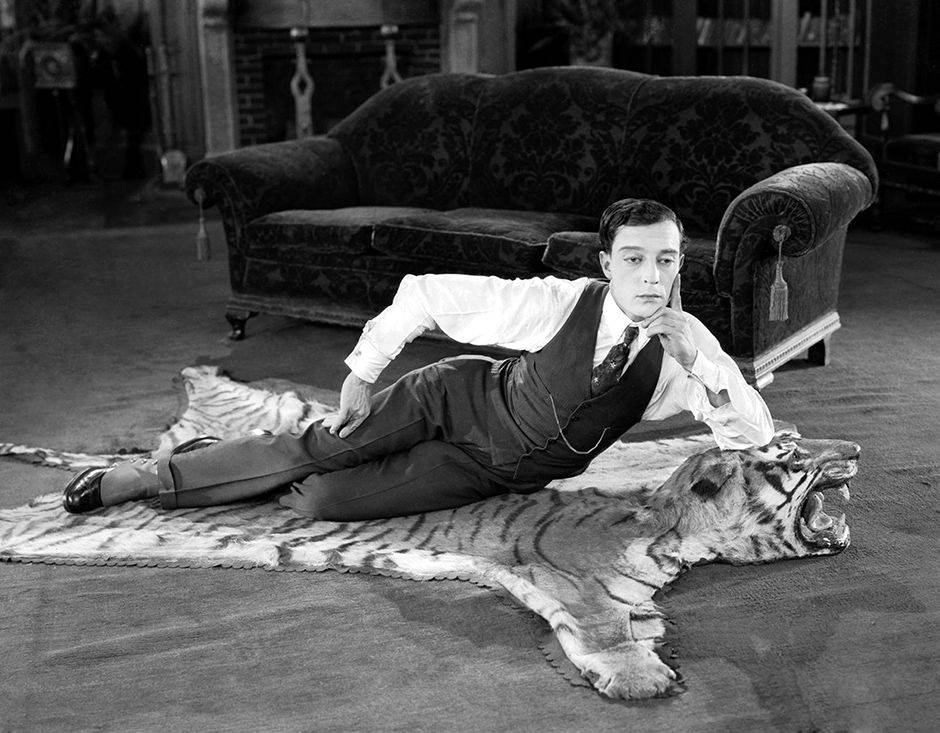In this city, even on Christmas Eve and New Year's Day, specialist temples of film continue as unabated as your regular moviegoer's cinema. This holiday season, they are - among others - counting on Buster Keaton.

Cinematek showcases Buster Keaton-movies
"The Great Stone Face." "The King of Deadpan." "The Man who Never Laughs." Buster Keaton had a long list of nicknames, which – whether meant ironically or not – referred to the way his facial expression always remained immobile, no matter how insane the situation. He did actually have a highly expressive face, even if, at times, not a single muscle budged.
Like many comics of the silent era, he was a master of mime and he used that mastery to give new meaning to the concept of underacting. Whereas Charlie Chaplin was quite willing to be sentimental, with Keaton everything was understatement (the Cinematek cycle includes Limelight, the only film the two ever made together).
The appeal of the films made by Keaton as actor and director also owes a lot to their exceptionally complex and often daring gags. Sometimes it is pure stunt work, incredible death-defying tours de force by an athletic daredevil, carried out with precision. He often makes clever use of special effects, but for the most part Keaton simply distils poetry out of reality, with the gags and the visual beauty on the screen a crazy illustration of his rich imaginative power.
His characters often find themselves at war or struggling to cope with new technological developments and their paraphernalia, from a passenger ship (The Navigator) and a luxurious caravan (Battling Butler) to a stampeding steam locomotive (The General). Keaton, a child of vaudeville, gives the gags an absurd, surrealist twist every time. His inventiveness, moreover, was boundless. In Sherlock Jr, for example, he plays a cinema projectionist who dreams of becoming a famous, Sherlock Holmes-style detective. Keaton sets much of the action in a film-within-the-film, by having his character literally step into the silver screen. Today, Sherlock Jr still remains one of the most imaginative reflections ever on the medium and on the illusory nature of film.
But Keaton was not just a studio director. When he could film out of doors, he did so. The entire geography of early Hollywood appears in his work. Two splendid examples of that on-location filming can be seen in the sporting comedy College and especially in Seven Chances, a wonderful rollercoaster of a film in which Keaton has to flee from a horde of women, all keen on marrying him because he is due to inherit a fortune.
Countless film-makers and actors have been influenced by Buster Keaton, from Jim Jarmusch, Tsai Ming-liang, Wes Anderson, and the Brussels duo Abel & Gordon to Bill Murray. If you're not yet a fan of this unique film comic, now's the time to do something about it.
> Buster Keaton. > 12/02, Flagey, Brussels
Read more about: Film
Fijn dat je wil reageren. Wie reageert, gaat akkoord met onze huisregels. Hoe reageren via Disqus? Een woordje uitleg.